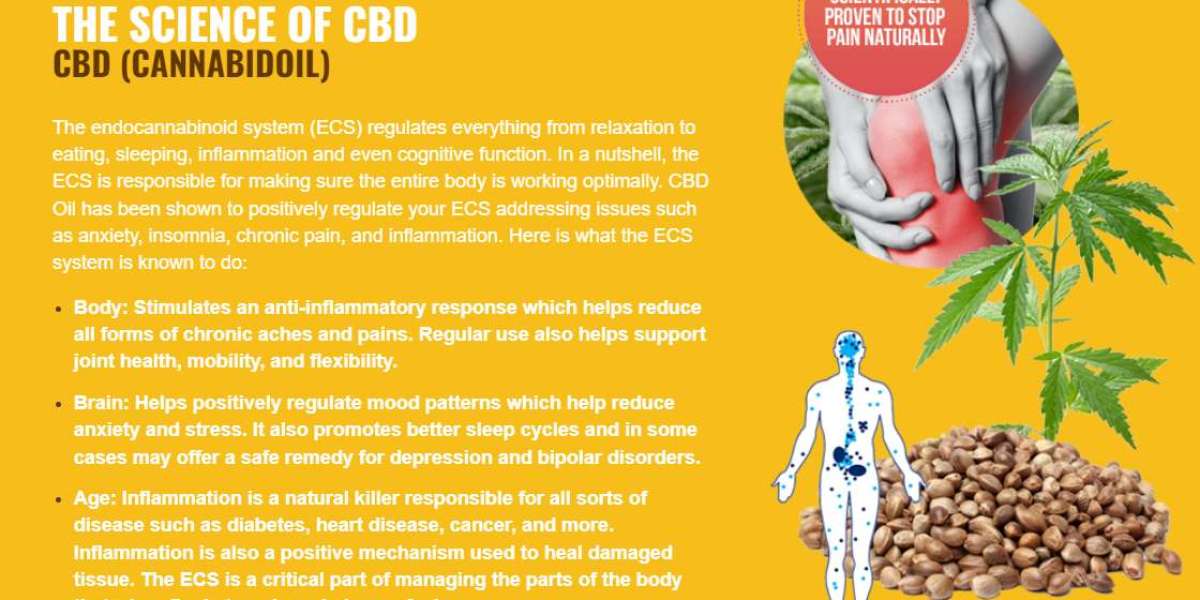Choosing the right marketing agency has always been a high-stakes decision. But in 2025, the bar for agency credibility is higher than ever. With increasing demands for transparency, measurable outcomes, and proven expertise, businesses are no longer satisfied with big promises and polished portfolios alone. They want third-party validation—signals that an agency is both competent and trustworthy. This growing demand has quietly shifted who holds influence in the agency vetting process.
Today, marketing professional associations are taking a front seat in evaluating agency legitimacy. They’re not just hosting panels and publishing whitepapers—they’re actively shaping which agencies get seen, which are trusted, and which get left out of the conversation. This trend is transforming the agency selection process from a vendor search into a credibility audit.
How Marketing Professional Associations Became Gatekeepers
Formalizing Evaluation Criteria
Most businesses don’t have time to thoroughly vet every agency that reaches out. They rely on signals. When agencies are affiliated with respected marketing professional associations, that affiliation serves as shorthand for quality and accountability.
Associations require agencies to meet minimum performance standards before listing
Some enforce ethics codes and compliance measures for membership
This framework reduces risk for businesses evaluating potential partners
Influencing RFP Eligibility and Shortlists
More and more RFPs now request or prefer agency partners who are members of recognized associations. This isn't just about branding—it's about risk mitigation. If an association has already done the legwork of screening agencies, businesses are more confident in proceeding.
Association membership is becoming a standard checkbox in vendor applications
Non-member agencies may be automatically deprioritized
Members often receive early access to proposal opportunities
What Associations Look for in Today’s Agencies
Proof of Campaign Success
Associations want more than just aesthetic portfolios. They expect agencies to provide results—data-backed metrics that prove their strategies work.
ROI documentation, lead volume, or engagement benchmarks
Clear attribution between strategy and performance outcomes
Demonstrated understanding of evolving platform algorithms and tools
Specialization and Strategic Focus
Agencies with vague, broad offerings don’t fare well in today’s credentialing environments. Associations favor firms that specialize—whether in industry, channel, or methodology.
Industry-specific experience is a strong plus
Associations value agencies that innovate within a niche
Specialty signals depth, not just breadth
Compliance with Ethics and Advertising Guidelines
Regulatory scrutiny around advertising is rising. Associations are proactive in ensuring that their members understand and follow relevant compliance rules.
Adherence to FTC guidelines, data privacy policies, and truth-in-advertising laws
Transparency in influencer marketing, paid endorsements, and ad disclosures
Some associations offer legal toolkits to help members avoid violations
Why Agencies Need Association Backing Now More Than Ever
Trust Is a Deciding Factor in Competitive Markets
When businesses are choosing between multiple agencies with similar capabilities, trust often becomes the deciding factor. Association affiliation instantly adds a layer of credibility.
It signals accountability beyond a single client engagement
It shows commitment to peer-reviewed excellence
It differentiates one agency from a sea of similar offerings
Visibility Within Closed Networks
Many marketing professional associations operate internal directories or partner databases. These platforms are where high-intent buyers look first.
Getting listed puts an agency in front of serious clients
Some directories allow client reviews, enhancing transparency
Listings are frequently sorted by specialty, making relevance easier to match
Opportunities for Thought Leadership
Beyond basic credentials, associations offer avenues for agencies to position themselves as authorities. Speaking opportunities, published insights, and committee roles all raise an agency’s visibility.
Speaking at events adds credibility and industry presence
Published articles in association newsletters carry more weight
Contributing to policy discussions boosts leadership perception
What Happens to Agencies Without Association Backing
Delayed Trust Cycles
Without a recognized third-party endorsement, agencies often face longer sales cycles. Prospects may hesitate, ask for more references, or request deeper performance validation.
Lack of affiliation forces agencies to “prove” themselves from scratch
They may get overlooked in initial search stages
Trust gaps can stall deals or reduce pricing leverage
Difficulty Scaling in Enterprise Markets
Larger enterprises often have formal procurement requirements that include industry affiliation. Agencies lacking this backing may be shut out before they can even present.
Enterprises see association membership as a risk management tool
Credentialed agencies have an easier time entering structured buying processes
Unaffiliated firms must rely on personal networks or referrals, limiting scale
Inconsistent Perception of Quality
Even talented agencies can suffer from inconsistent external perceptions if they don’t align with industry standards. Associations help set benchmarks and define what “good” looks like.
Clients value structure and predictability in agency relationships
Association-aligned messaging feels more professional and credible
Consistency boosts reputation and client retention
How Agencies Can Strengthen Their Standing
Join the Right Association, Not Just Any
Not all associations carry equal influence. Agencies should evaluate which ones are most aligned with their target clients and service areas.
Look for associations with active member communities
Check if they influence major procurement decisions in your niche
Favor those offering educational resources and visibility
Stay Active and Visible
Membership alone isn’t enough. Agencies need to participate actively to get full value.
Speak at events, attend roundtables, and contribute to online forums
Publish thought leadership under the association’s banner
Take part in working groups or research initiatives
Keep Credentials and Standards Up to Date
Associations may update membership criteria or add certification programs over time. Agencies should stay current to maintain good standing.
Re-certify when required
Keep team members trained and certified
Monitor and implement policy changes across your client work
The Future of Agency Vetting: Collective Over Individual
The shift toward collective validation—where organizations like marketing professional associations screen and promote credible agencies—is not going away. It’s a response to market complexity and client demands for clarity. Businesses want assurances that their partners aren’t just good at sales, but are recognized and respected within their field.
This doesn't mean agency websites or referrals are obsolete. But it does mean they’re no longer enough. Agencies that want to win in 2025 must be credentialed by trusted communities that stand behind their work.
Conclusion: Visibility Now Depends on Approval From the Right Marketing Groups
In competitive markets where reputation and trust define success, association-backed validation is no longer optional. Agencies that are visible and active within marketing groups gain more than exposure—they gain structured trust. That trust becomes the gateway to higher-value clients, faster deal cycles, and long-term partnerships grounded in proven credibility.








